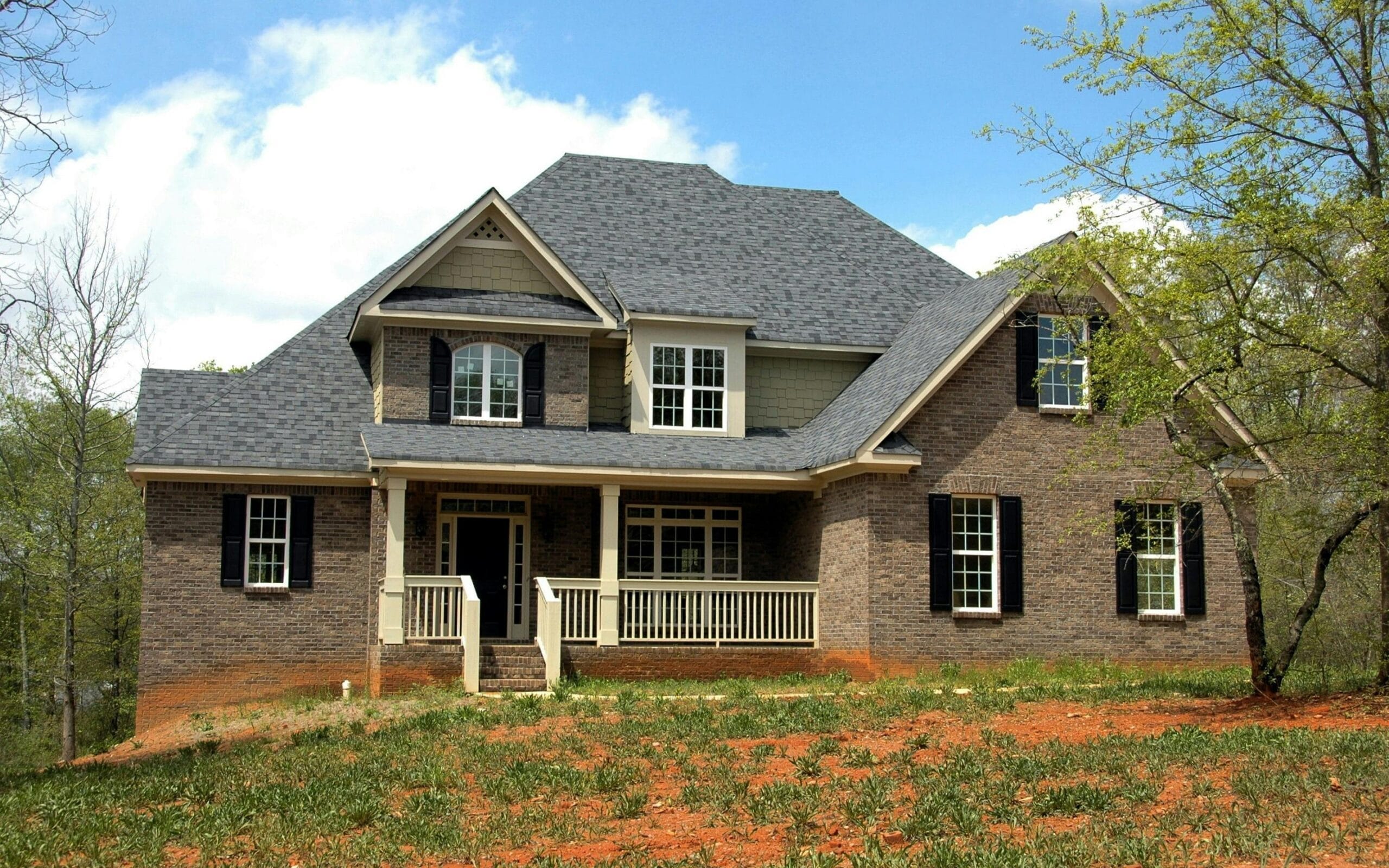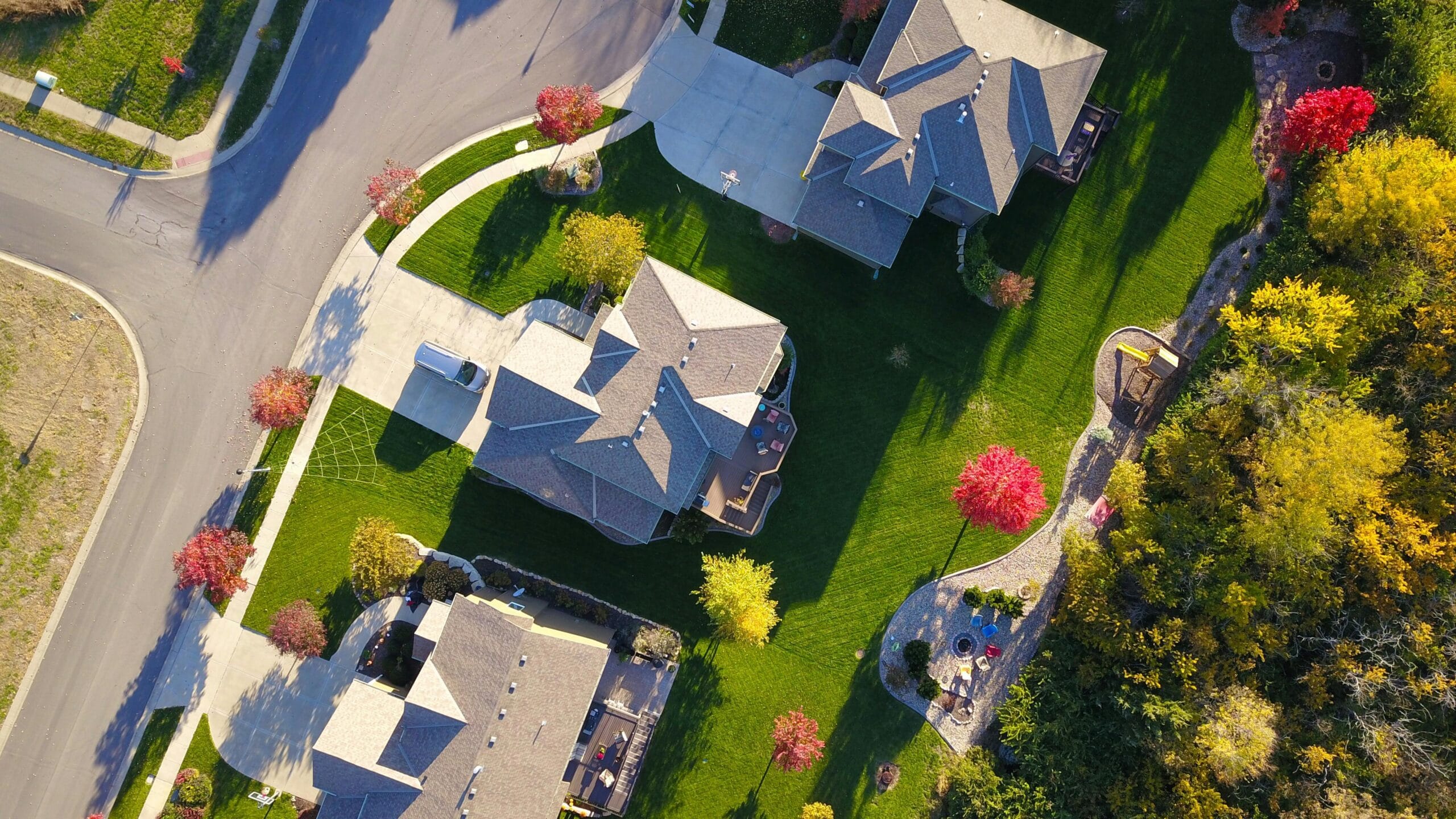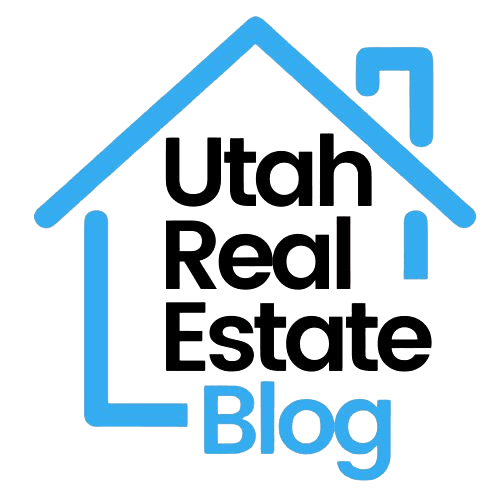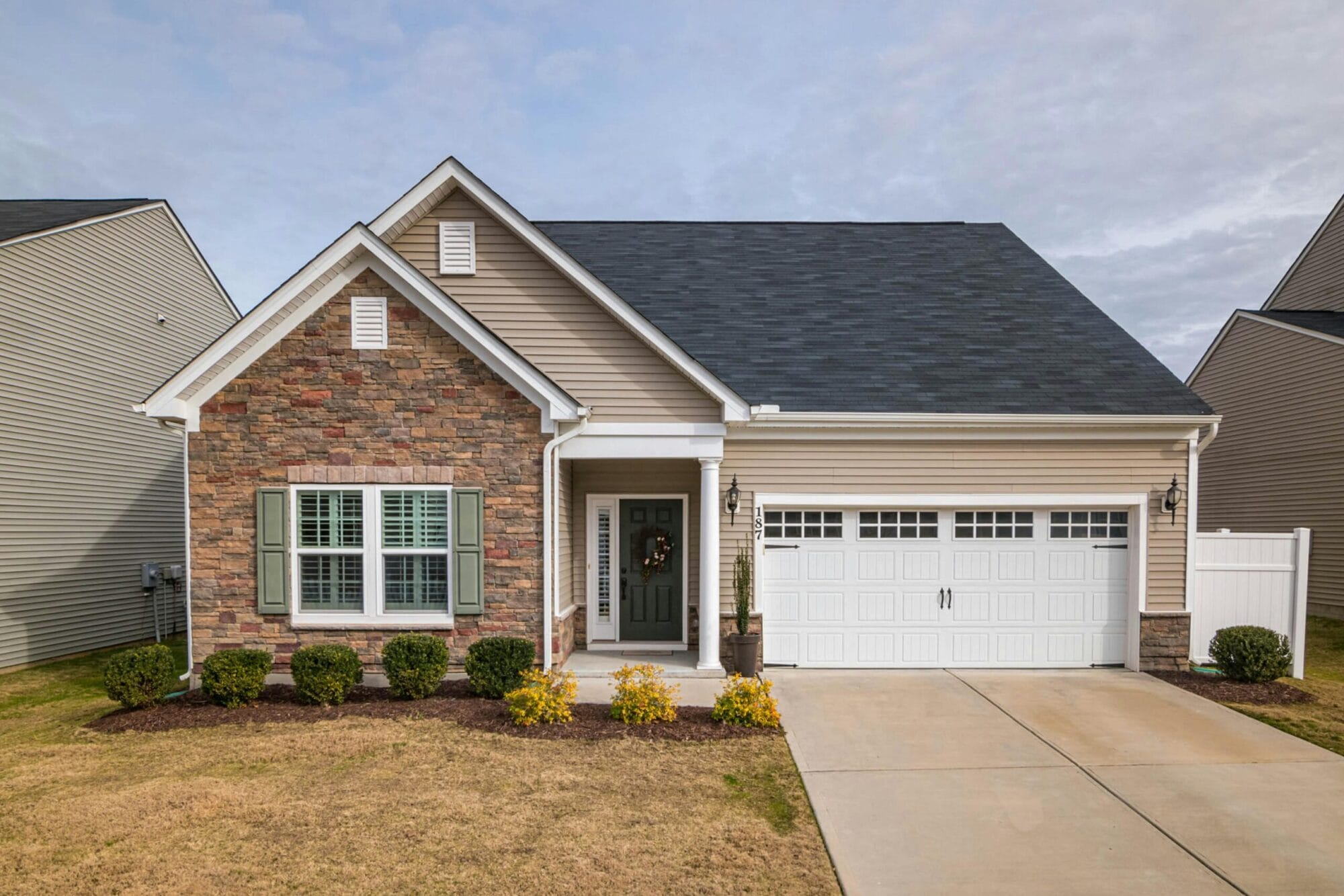Have we ever considered how much a home truly costs us beyond the initial down payment?
Purchasing a home is typically one of the most significant financial investments we will ever make. While many of us focus on the purchase price and the down payment, it’s essential to understand the various hidden costs that can substantially increase the overall expenditure. This understanding is crucial for effective budgeting and financial planning.

Understanding the Hidden Costs
The process of buying a home comes with a myriad of expenses that we often overlook. These costs can add up quickly, leading us to spend significantly more than we had originally anticipated. By familiarizing ourselves with these hidden expenses, we can make better financial decisions and avoid unwelcome surprises in our home-buying journey.
Closing Costs
One of the first hidden costs we encounter when buying a house is closing costs. These are fees associated with finalizing the purchase and can encompass several different charges.
Some of the common elements of closing costs include:
- Loan Origination Fees: Fees charged by lenders for processing the mortgage application.
- Title Insurance: Protection against losses from defects in the title of the property.
- Appraisal Fees: Costs incurred for an in-depth assessment of the property’s value.
- Inspection Fees: Charges for having professionals inspect the home for underlying issues.
- Escrow Fees: Fees paid to a third party that manages the closing process.
Typically, closing costs can range from 2% to 5% of the home’s purchase price. To illustrate:
| Home Price | 2% Closing Costs | 5% Closing Costs |
|---|---|---|
| $300,000 | $6,000 | $15,000 |
| $500,000 | $10,000 | $25,000 |
| $700,000 | $14,000 | $35,000 |
By being aware of these costs, we can budget accordingly and set aside the necessary funds to cover them.
Property Taxes
Another hidden cost that we might overlook involves property taxes. These taxes are based on the assessed value of our property and can differ from one locality to another.
Understanding the implications of property taxes is essential because:
- Local Tax Rates: Researching the local tax rates is critical to estimating what we’ll owe annually.
- Appraised Value Variation: If the property’s value increases, so too will our tax obligations.
- Escrow Accounts: Many lenders require us to set up an escrow account to collect these taxes, often resulting in monthly payments that can influence our budget.
An example of how property taxes can affect our overall costs:
| Home Price | Assessed Rate (%) | Annual Property Tax |
|---|---|---|
| $300,000 | 1.25% | $3,750 |
| $500,000 | 1.25% | $6,250 |
| $700,000 | 1.25% | $8,750 |
We need to incorporate this factor into our annual budgeting plan to ensure adequate funds are available.
Homeowners Insurance
Homeowners insurance is another essential expense that we must factor into our budget. This insurance protects us against potential damages to our property and can also cover liability in the event someone is injured on our premises.
The key points to consider include:
- Policy Costs: Homeowners insurance costs can vary significantly based on property location, size, and coverage options.
- Annual Premiums: On average, homeowners insurance premiums can range from $800 to $3,000 annually, depending on multiple factors.
To provide a clearer picture, let’s look at a projected estimate based on varying valuations:
| Home Price | Estimated Insurance Premium |
|---|---|
| $300,000 | $1,000 |
| $500,000 | $1,500 |
| $700,000 | $2,000 |
Planning for homeowners insurance not only provides financial protection but ensures we remain compliant with lender requirements.
Maintenance and Repairs
As homeowners, we must anticipate ongoing maintenance and repair costs. Unlike renting, where the landlord typically assumes these responsibilities, we bear the full financial weight when owning a home.
Some aspects to consider include:
- Routine Maintenance: Regular upkeep for things such as landscaping, HVAC systems, and plumbing.
- Unexpected Repairs: Unforeseen issues, like a leaky roof or malfunctioning appliance, can arise suddenly and demand immediate funds.
We should consider allocating 1% to 3% of the home’s value per year for maintenance and repairs to prepare ourselves for future costs effectively.
| Home Price | Minimum Maintenance Reserve (1%) | Maximum Maintenance Reserve (3%) |
|---|---|---|
| $300,000 | $3,000 | $9,000 |
| $500,000 | $5,000 | $15,000 |
| $700,000 | $7,000 | $21,000 |
By setting aside these funds, we ensure our home remains in good condition and avoid costly surprises in the future.
Utility Costs
Utilities are an ongoing cost that we must also consider when purchasing a home. The expenses related to electricity, water, gas, and waste disposal can vary greatly based on the size of the property and its location.
Factors to keep in mind include:
- Efficiency of Appliances: More efficient appliances can lead to lower utility costs, which is essential for budgeting.
- Climate Zone: In regions with extreme weather, heating and cooling costs can significantly influence monthly expenses.
Here’s an example of potential monthly utility costs:
| Type of Utility | Average Monthly Cost |
|---|---|
| Electricity | $150 |
| Water | $50 |
| Gas | $75 |
| Trash Disposal | $30 |
| Total | $305 |
Understanding these ongoing utility costs will help us create a comprehensive budget that accurately reflects our expected home expenses.
Homeowners Association (HOA) Fees
If we purchase a home within a community governed by a Homeowners Association (HOA), we need to understand the potential fees associated with these organizations.
Key considerations include:
- Monthly or Annual Fees: Typically charged for maintaining shared spaces and providing community amenities.
- Special Assessments: Occasionally, additional fees may arise for special projects or improvements in the community.
An example of potential HOA fees might be as follows:
| Type of Fee | Monthly Cost |
|---|---|
| Standard HOA Fee | $250 |
| Special Assessment | $50 |
| Total | $300 |
Given that these fees can add a considerable amount to our monthly expenses, we need to factor them into our overall home budget.
Pest Control
Pest control is another often-unnoticed cost relating to homeownership. Preventing and addressing pest issues can be an ongoing expense that merits consideration.
Some of the factors to weigh include:
- Initial Treatment: Costs for inspections and treatments for common pests.
- Ongoing Maintenance Plans: Many homeowners opt for regular pest control services, which can deliver peace of mind.
The potential costs might look as follows:
| Type of Service | Cost |
|---|---|
| Initial Inspection | $100 |
| Quarterly Treatment | $150 |
| Annual Total | $700 |
Budgeting for pest control is vital, especially in areas prone to infestations.
Landscaping
Landscaping can be both a hidden cost and an opportunity for us to enhance our home’s curb appeal. Depending on the size of our yard and the complexity of our landscaping choices, the costs may vary significantly.
Elements we should consider:
- Initial Landscaping Costs: Establishing a garden, lawn installation, or hardscaping features.
- Maintenance Expenses: Regular upkeep, including mowing, trimming, and seasonal enhancements.
A simplified breakdown of these expenses might look like:
| Type of Landscaping | Initial Cost | Annual Maintenance |
|---|---|---|
| Basic Garden Setup | $1,500 | $300 |
| Full Tiered Garden | $10,000 | $1,000 |
| Total Cost | Varies | Varies |
Budgeting for landscaping can enhance our property enjoyment while also boosting its overall value.
Moving Costs
When we purchase a new home, we must also account for moving costs. These expenses can accumulate quickly, and they can include:
- Hiring Movers: Professional moving services can save us time and stress but may come at a cost.
- Transportation Costs: Fuel and lodging (if applicable) during the move will add to our overall expenses.
- Packing Supplies: Boxes, bubble wrap, and other materials contribute to moving costs.
The estimated costs for moving could look something like this:
| Type of Expense | Estimated Cost |
|---|---|
| Professional Movers | $1,200 |
| Transportation | $150 |
| Packing Supplies | $100 |
| Total | $1,450 |
Planning for these costs in advance enables us to avoid financial strain during what can be a hectic time.
Furniture and Appliances
Lastly, we should also consider the expenses associated with furnishing our new home. Depending on our previous living situation, we may be required to purchase new or additional furniture and appliances.
Considerations include:
- Major Appliances: A new refrigerator, washer, dryer, and other essentials may be necessary.
- Furniture Purchases: Beds, sofas, tables, and décor can contribute significantly to our moving costs.
Here’s a breakdown of potential costs:
| Item | Estimated Cost |
|---|---|
| Major Appliances | $3,000 |
| Living Room Furniture | $2,000 |
| Bedroom Furniture | $1,500 |
| Total | $6,500 |
These costs can add up quickly. Therefore, we must budget effectively for furnishings that make our new house feel like home.

Conclusion: Comprehensive Budgeting for Home Ownership
In conclusion, as we navigate the process of buying a home, it’s critical for us to recognize the numerous hidden costs that extend beyond just the down payment. By understanding and preparing for expenses such as closing costs, property taxes, maintenance, insurance, utilities, HOA fees, pest control, landscaping, moving costs, and even furniture, we position ourselves for long-term financial stability.
Budgeting effectively allows us to enjoy the benefits of homeownership without substantial unexpected financial burdens. By being proactive and thoughtful in our financial planning, we can confidently pursue our dream of owning a home while securing our financial future.

